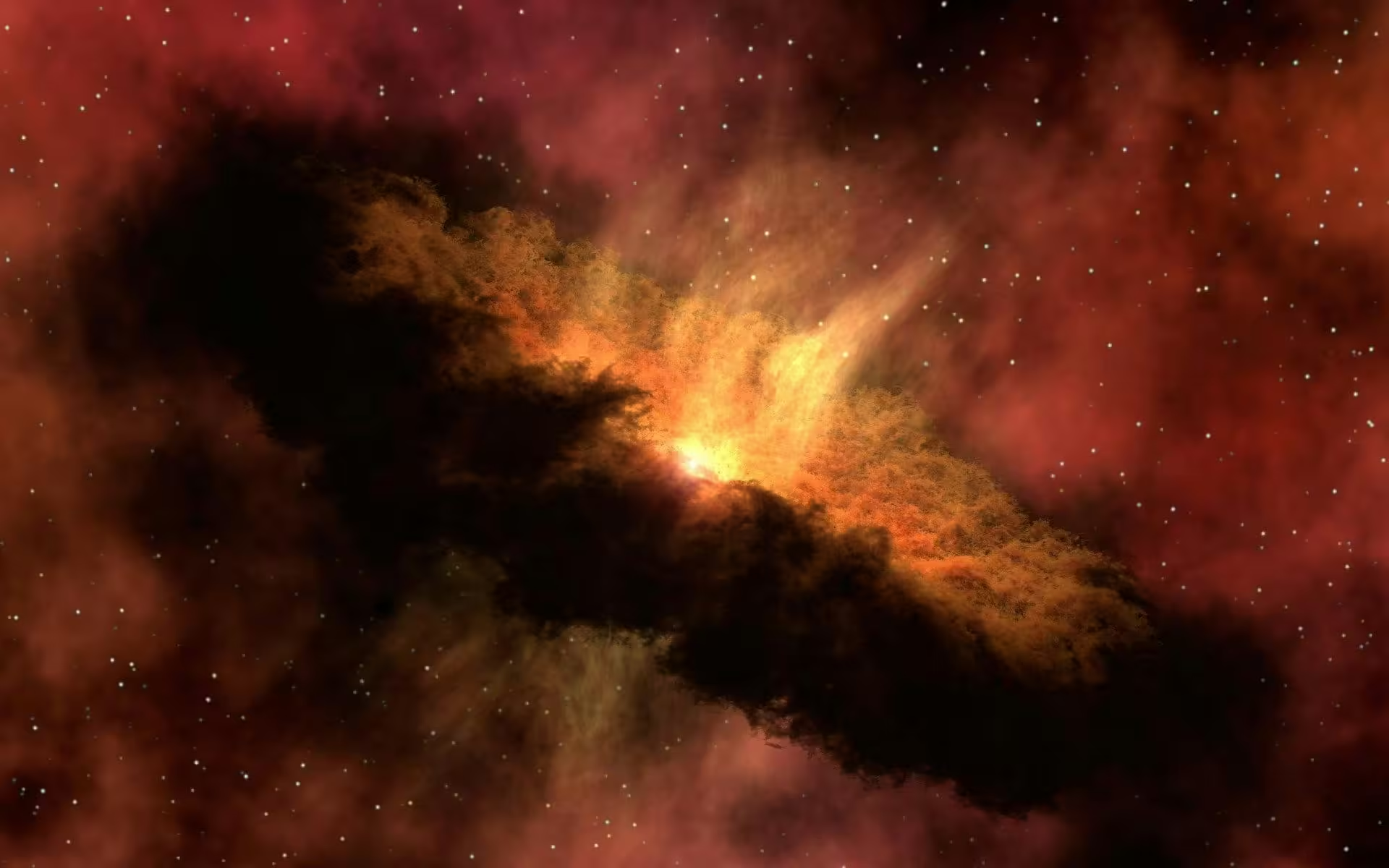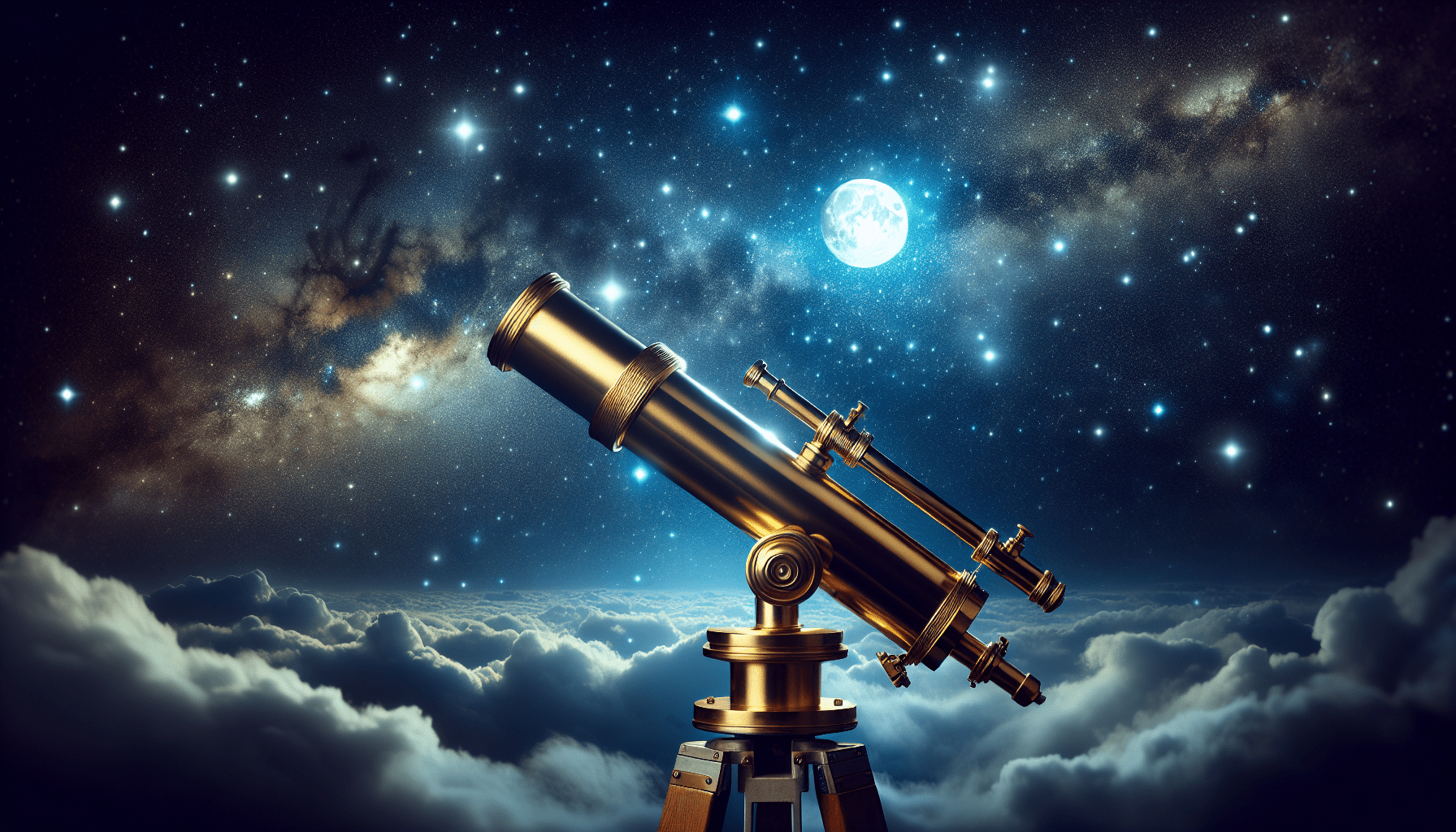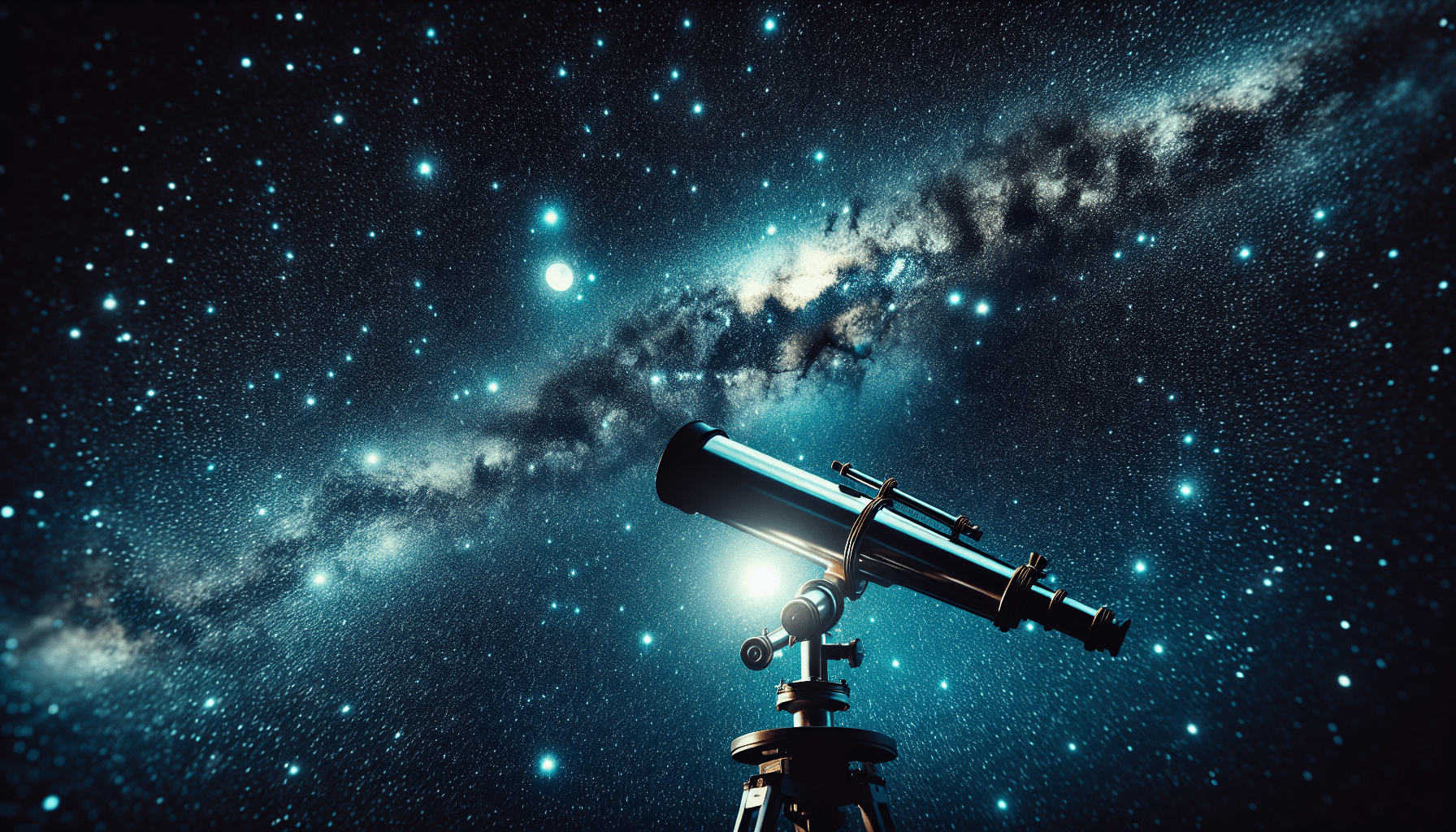Understanding the Purpose of a Telescope in making things easier to see? This question opens a fascinating discussion about the intricacies and significance of telescopes in both professional astronomy and amateur stargazing. The telescope, a cornerstone of observational astronomy, provides a window into the vast cosmos, enabling us to view distant celestial bodies with clarity and precision. In this article, we will explore the purpose of a telescope, providing a comprehensive understanding of its historical context, technological advancements, and practical applications.
Table of Contents
Historical Context
Early Beginnings
The origins of the telescope date back to the early 17th century, a period marked by significant scientific inquiry and discovery. The invention of the telescope is often attributed to Dutch eyeglass maker Hans Lippershey. His creation, however, gained worldwide recognition when Galileo Galilei improved the design and used it for astronomical observations. Galileo’s discoveries, such as the moons of Jupiter and the phases of Venus, revolutionized our understanding of the cosmos and challenged the geocentric model of the universe.
Evolution of Design
From Galileo’s refracting telescope to Isaac Newton’s reflecting telescope, the design of telescopes has undergone substantial evolution. The introduction of the Newtonian telescope eliminated chromatic aberrations by using mirrors rather than lenses to gather and focus light. This innovation paved the way for more advanced and larger telescopes, contributing to more detailed celestial observations.
Current Trends
Modern Telescopes
Today’s telescopes are sophisticated instruments that employ advanced optics and electronics. Space telescopes, such as the Hubble Space Telescope, have removed the limitations posed by Earth’s atmosphere, providing unrivaled clarity and depth in astronomical imaging. Ground-based telescopes, equipped with adaptive optics, can now correct for atmospheric distortion in real-time, allowing for much sharper images.
Amateur Astronomy
In recent years, the field of amateur astronomy has seen remarkable growth. Affordable and user-friendly telescopes have made stargazing a popular hobby. Advances in digital imaging and software have further enhanced the capabilities of amateur astronomers, enabling them to capture and study celestial events with considerable accuracy.

This image is property of images.pexels.com.
Key Concepts and Definitions
Magnification and Resolution
Magnification is one of the most commonly misunderstood concepts in telescopic observation. Magnification simply refers to how much larger an object appears through the telescope compared to the naked eye. However, high magnification does not necessarily lead to better quality images. Resolution, the ability to distinguish fine details, is often more critical. Higher resolution allows for clearer and sharper images, making it easier to observe intricate features of celestial objects.
Aperture
The aperture of a telescope is the diameter of its primary lens or mirror. A larger aperture gathers more light, which is crucial for viewing faint objects in the sky. This increase in light-gathering capability also enhances image resolution, making the aperture one of the most important specifications in a telescope.
Focal Length and Focal Ratio
Focal length is the distance between the telescope’s primary optic and the point where it focuses the light. Focal ratio (f/ratio) is the focal length divided by the aperture. A lower focal ratio results in a wider field of view and is better for imaging extended objects like nebulae, whereas a higher focal ratio provides better magnification for observing smaller objects like planets.
Practical Applications
Observational Astronomy
Telescopes serve critical functions in professional and amateur observational astronomy. For professional astronomers, telescopes are the primary tools for gathering data about the universe. They facilitate the study of celestial objects and phenomena, such as stars, planets, galaxies, and black holes. Large telescopes, often situated in observatories, provide the high resolution and light-gathering capabilities required for detailed investigations.
Astrophotography
Astrophotography is another practical application of telescopes. This specialized field involves using telescopes and cameras to photograph celestial objects. The process requires long exposure times to capture faint light from distant objects, revealing stunning details that are not visible to the naked eye. Both professional astronomers and amateur enthusiasts engage in astrophotography, contributing to our visual understanding of the universe.

This image is property of images.pexels.com.
Example 1: The Hubble Space Telescope
The Hubble Space Telescope (HST) serves as an exemplary case study in understanding the purpose and impact of telescopes. Launched into low Earth orbit in 1990, Hubble has provided unprecedented insights into the cosmos. Its high-resolution images have revolutionized our knowledge of phenomena such as the expansion of the universe, the formation of stars and galaxies, and the existence of dark matter and dark energy.
Key Discoveries
Hubble’s observations have led to numerous groundbreaking discoveries. One notable example is the detailed imaging of the Pillars of Creation, a star-forming region within the Eagle Nebula. These images have allowed scientists to study the processes occurring in star nurseries, enhancing our understanding of stellar evolution.
Example 2: Amateur Astronomy Contributions
Amateur astronomers have made significant contributions to astronomy, often using modest telescopes to observe and report on celestial events. One remarkable example is the discovery of Comet Shoemaker-Levy 9, made by amateur astronomers Eugene and Carolyn Shoemaker and David Levy in 1993. This comet famously collided with Jupiter, providing valuable data for scientists studying planetary impacts.
Citizen Science Programs
Citizen science programs, such as those run by NASA and other space organizations, encourage amateur astronomers to participate in data collection and analysis. These programs have led to the discovery of new exoplanets, variable stars, and transient astronomical phenomena, demonstrating the important role of amateur astronomers in advancing scientific knowledge.

This image is property of images.pexels.com.
Comparing Different Points of View
Refracting vs. Reflecting Telescopes
Choosing between refracting and reflecting telescopes often depends on specific observational needs and preferences.
| Aspect | Refracting Telescopes | Reflecting Telescopes |
|---|---|---|
| Optical Design | Uses lenses to gather and focus light | Uses mirrors to gather and focus light |
| Advantages | Simple design, low maintenance | No chromatic aberration, larger apertures can be built |
| Disadvantages | Prone to chromatic aberration, expensive | Requires regular alignment (collimation), open tube design |
| Ideal Use | Planetary and lunar observations | Deep-sky observations (nebulae, galaxies) |
Manual vs. GoTo Telescopes
The choice between manual and GoTo (computerized) telescopes also reflects different user needs and experiences.
| Aspect | Manual Telescopes | GoTo Telescopes |
|---|---|---|
| Control | Manually operated | Computerized automatic tracking |
| Advantages | Cost-effective, helps learn the night sky | Easy to use, quick to locate objects |
| Disadvantages | Requires knowledge and skill | More expensive, reliance on electronics |
| Ideal Use | Learning and educational purposes | Quick setup, ease of finding objects |
Impact Assessment
Advancements in Technology
The impact of technological advancements on telescopes has been profound, leading to increased observational capabilities. Adaptive optics technology, for example, enables ground-based telescopes to correct atmospheric distortions, leading to sharper images. Similarly, developments in detector technologies such as charge-coupled devices (CCDs) have enhanced the sensitivity and resolution of telescopic imaging.
Educational and Outreach Benefits
Telescopes also play a critical role in education and public outreach. They serve as powerful tools for engaging the public in science and sparking interest in astronomy. Star parties, public observatories, and educational programs frequently utilize telescopes to provide hands-on learning experiences, fostering a greater appreciation for the universe.

Future Directions and Implications
Predictions for Future Trends
The future of telescopes is promising, with several cutting-edge projects underway. The James Webb Space Telescope (JWST), set to launch soon, will surpass Hubble in terms of observational capabilities. Its primary mirror, more than six times larger than Hubble’s, and its advanced infrared instruments will enable the study of objects previously beyond our reach.
Another exciting development is the Extremely Large Telescope (ELT), which will be the world’s largest optical and infrared telescope upon completion. Its 39-meter diameter primary mirror will revolutionize our ability to observe distant galaxies, black holes, and exoplanets, providing unprecedented insights into the cosmos.
Implications for Society
The advancements in telescopic technology have far-reaching implications for society. They contribute to our fundamental understanding of the universe, inspiring future generations of scientists and engineers. Telescopes also have practical applications in navigation, environmental monitoring, and even national security, demonstrating their multifaceted impact on various fields.
Discussion Questions
Given the significant advancements in telescopic technology and the growing involvement of amateur astronomers in scientific research, how will the role of telescopes evolve in the coming decades? Will future innovations further blur the lines between professional and amateur astronomy?
Conclusion
Throughout this article, the multifaceted purpose of telescopes has been explored, from their historical origins to their current applications and future potential. Telescopes are more than just instruments for magnifying celestial objects; they are windows to the universe that enable us to explore the cosmos, understand its mysteries, and inspire curiosity and wonder.
In summarizing this discussion, it is evident that telescopes have profoundly impacted our understanding of the universe. From Galileo’s initial observations to the advanced Hubble Space Telescope images, each iterative development has expanded humanity’s grasp of celestial phenomena.
The blending of historical context, technological advancements, and practical applications provides a comprehensive view of the significance of telescopes. Their impact on educational outreach, citizen science, and professional research underscores their essential role in both the scientific community and broader society.
As we continue to push the boundaries of what telescopes can achieve, new discoveries and insights are inevitable. These advancements prompt a reflection on how far we have come and the tantalizing prospects that lie ahead. What are your thoughts on the future role of telescopes in both amateur and professional astronomy?
For continued exploration of this topic, readers are encouraged to investigate further into the latest technological advancements and their real-world applications, ensuring a deeper appreciation of the importance of telescopes in modern science.

Exploring the Cosmos: A Guide to Telescopes for Studying the Universe
